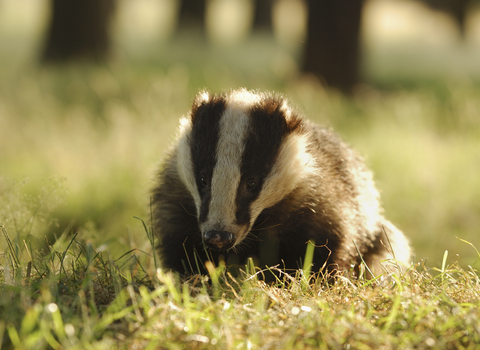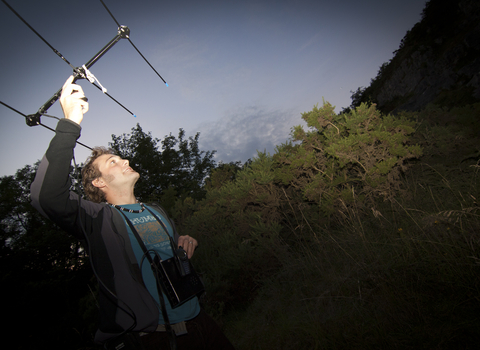SWT Ecology Services provides Badger surveys for private homeowners, developers and multi-disciplinaries, as well as public organisations and landowners in Surrey and across the South East.
About Badger surveys
Badger (Meles meles) is a medium-sized, omnivorous mammal that is related to otters, weasels and polecats, and is most easily recognised by its black and white stripes pattern on the face. It lives in groups of up to 15 in underground burrows called setts.
Although it mainly feeds on earthworms, it also eats rabbits, mice, rats, slugs and snails, as well as oats, fruits and acorns.
Legislation
Badgers and their setts are protected under the Protection of Badgers Act 1992 in England and Wales, Wildlife and Natural Environment (Scotland) Act 2011 in Scotland and Wildlife and Natural Environment (Northern Ireland) Act 2011 in Northern Ireland. It is illegal to take, injure or kill badgers, treat badgers cruelly, interfere with a badger sett (including damaging, destroying or obstructing access to a sett) or disturb badgers while they are occupying a sett, without a licence issued by Natural England (in England). The sett is protected even if badgers are not occupying it at the time.
Types of survey
Sett activity checks – Potential sett openings are monitored for activity, including the use of sticks to determine if a hole is in use, and checks for badger hairs, latrines (shallow pits used as toilets), large spoil heaps.
Camera traps – A motion-sensing camera is set up to look at a specific hole or set of holes. Primarily this is to determine whether the hole is actively used and whether the use is by a badger. However, use of camera traps can also be helpful in identifying the nature of the sett (eg. breeding sett, main sett, outlier sett etc.)
Bait marking – This is used to establish the size of a badger’s territory. Food bait, containing non-harmful coloured pellets, is placed outside of known badger setts, and then re-identified in latrine sites. As latrine sites are away from setts and towards the outer edge of a territory, this can be used to establish territory boundaries and sizes.
Footprint traps – Sand or soil is placed at the entrance of a hole and checked again for footprints. Different animals have distinct footprints so use of the hole by badgers can be determined by the presence of a badger footprint.
If a sett has been closed under licence, further monitoring should be conducted to ensure that no badgers have regained entry until the works are finished, and have not moved into another area of your development site that will be affected.
Survey season
Badger surveys can be undertaken at any time of year, although spring and autumn are generally the optimal season.
Licences
We can prepare the necessary paperwork for your badger mitigation licences, liaise with Natural England and supervise any works under the licence.
SWT Ecology Services’ pragmatic advice has been much appreciated and their recommendations not onerous for us to fulfil. This has been invaluable for us to deliver our portfolio of projects!McCarthy & Stone


